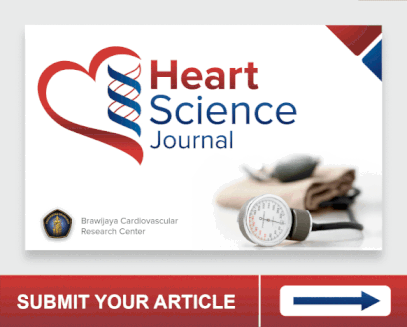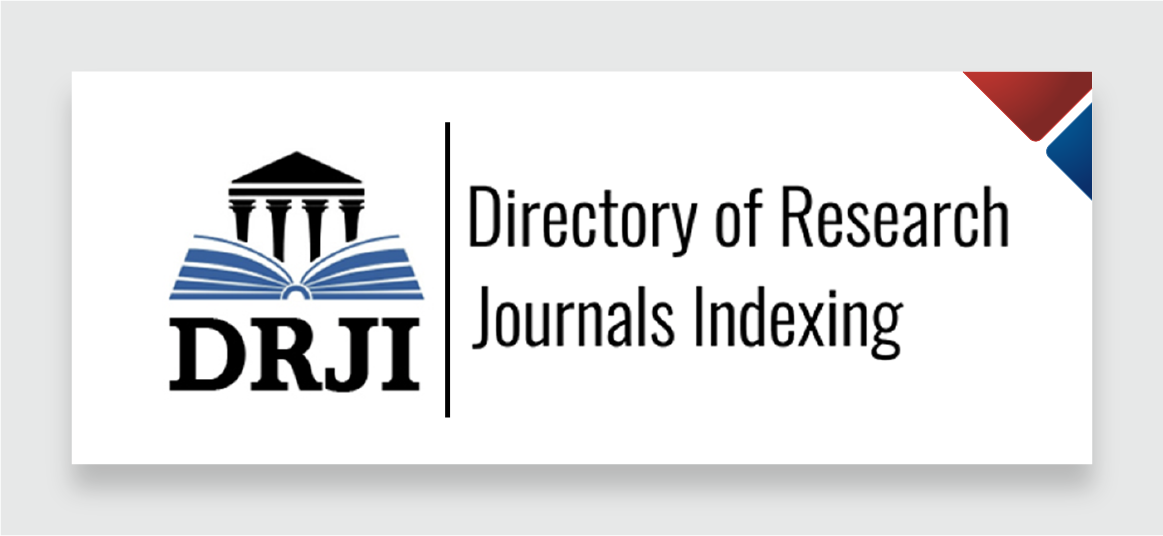Cracking the Case of the Cryptic Coronary: Novel Diagnostic Strategies for Anomalous RCA Originating from Mid-LAD
Abstract
Background:
Coronary artery anomalies are typically congenital, though they may remain undetected until routine cardiac catheterization is performed. With a detection rate of only 1.3%, these anomalies often go unnoticed. In rare cases, the right coronary artery may originate from the left coronary system, but this anomaly is generally benign, provided the vessel does not traverse the aorta and pulmonary artery.
Case Illustration:
A 55-year-old male patient was diagnosed with NSTEMI and underwent coronary angiography. However, the medical team was unable to cannulate into the right coronary ostium despite multiple attempts. The left coronary ostium was located in the left sinus of Valsalva. Selective left coronary arteriography revealed normal courses of the left main and LAD but identified a critical stenosis in the LCx and a possible CTO at the RCA ostium. The patient received a stent in the LCx and returned the following month for another angiography, during which he received a stent in the proximal LAD. However, during cine angiography, it was found that the patient had an anomalous RCA that originated from the mid-portion of LAD, coursing anteriorly to the pulmonary artery, and down to the right atrioventricular groove. Subsequent CCTA confirmed the RCA's origin from the mid-LAD.
Conclusion:
The report uncovers a unique occurrence where the RCA originates from the mid of the LAD. Appreciation to the integration of coronary CTA, a non-invasive imaging method, it is now feasible to conduct a comprehensive examination of the heart and its intricate vascular network. This, in turn, enables the development of effective surgical and interventional cardiovascular therapies. In a medical environment, this cutting-edge technology is particularly valuable for detecting and assessing coronary abnormalities.
Keywords
Full Text:
PDFRefbacks
- There are currently no refbacks.
Copyright (c) 2024 Pratiwi Indrihapsari, Budi Satrijo

This work is licensed under a Creative Commons Attribution 4.0 International License.









